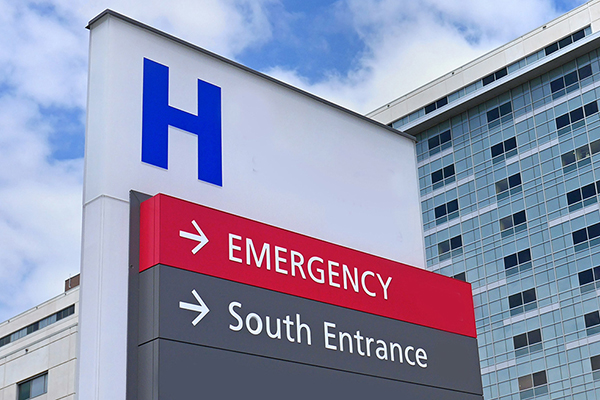Confronted with revenue shortfalls, the COVID-19 pandemic, and health disparities, states are tapping all available resources to address urgent health needs and plan for long-term recovery. Accessing new Coronavirus Aid Relief and Economic Security (CARES) Act resources, pursuing flexibility with current funds, and leveraging hospitals’ community benefit tax exemptions are strategies states are employing to meet their residents’ health needs, particularly those affected by long-term structural inequities.
To receive tax exemptions, nonprofit hospitals are required to make investments in the health of their communities. Under community benefit, the federal government requires hospitals to conduct community health needs assessments and develop implementation plans to address the identified needs. Research indicates that community benefit spending by hospitals is estimated at more than $60 billion per year with $2.5 billion allocated to address social determinants of health. However, current guidelines do not require hospitals’ community benefit investments to reflect their state’s health priorities.
NASHP has produced a new resource to help states make hospital community benefit investments more accountable and effective by ensuring they reflect emerging state health priorities, as identified in a variety of state plans, including:
- State health improvement plans;
- State health equity plans;
- Certificate/determination of need processes; and
- Emerging COVID-19 recovery and resiliency plans.
Hospitals also have an opportunity to align community investments with state actions to reduce racial and ethnic health disparities exacerbated by the COVID-19 pandemic.
In exchange for their tax-exempt status, nonprofit hospitals must conduct community health needs assessments every three years and make investments that benefit their communities. Facing crises on many fronts, states are revising policy levers to ensure that hospital spending aligns with community needs and state health priorities.
A review of 10 states’ health plans contained in this analysis shows that states continue to prioritize long-standing health issues, such as improving access to health care and reducing chronic disease, cancer, and infant mortality. States are also increasingly focused on the upstream factors that impact health, including social determinants of health (housing, economic security, food access, adversity, trauma, toxic stress and racism.)
States can use these tools to increase hospital’s community benefit investment accountability by tying community benefit requirements to state-level health goals. For example:
- Massachusetts has aligned community benefit requirements with state health priorities by tying its Department of Public Health’s determination of need process to specific standards for community engagement and social determinant of health investing.
- New York requires that hospital community health improvement plans specifically address goals contained in its State Health Improvement Plan, Prevention Agenda 2019-2024. New York also requires hospitals to report their community benefit spending as it relates to its Prevention Agenda’s goals.
States can also use these resources to identify and assess measures of progress for community benefit investments and activities. Connecticut has performed a community and state crosswalk comparison analysis of its State Health Improvement Plan and hospital community benefit plans. It is creating a dashboard of measures to track the impact of hospital community benefit investment on State Health Improvement Plan goals.
In this time of high needs and scarce resources, it is critical for state governments to operate as efficiently and effectively as possible and tap into all available resources. This new NASHP chart is designed to help states identify, measure, and advance state health goals by focusing the local efforts of nonprofit hospitals to reflect state priorities.



